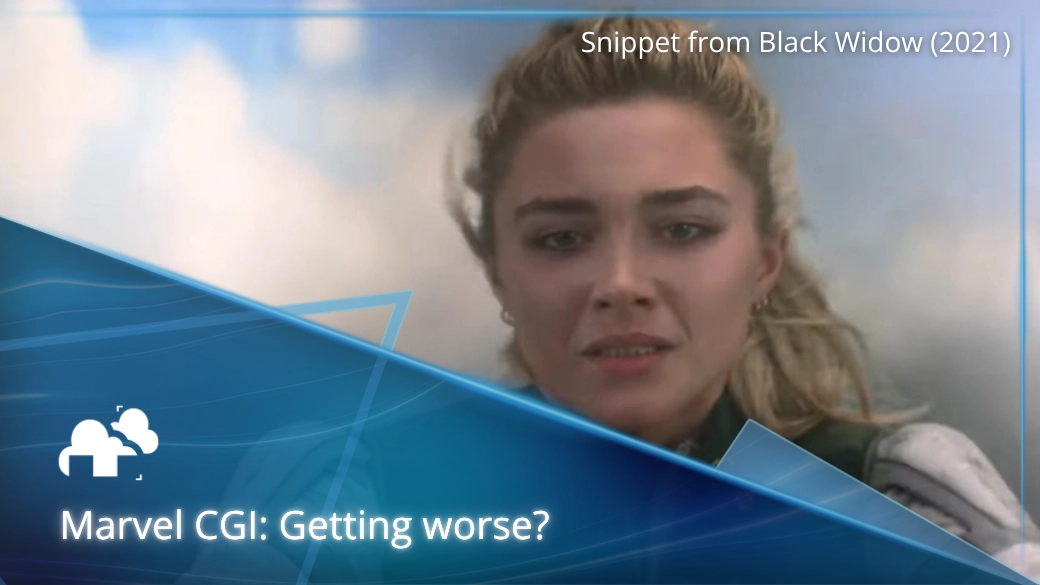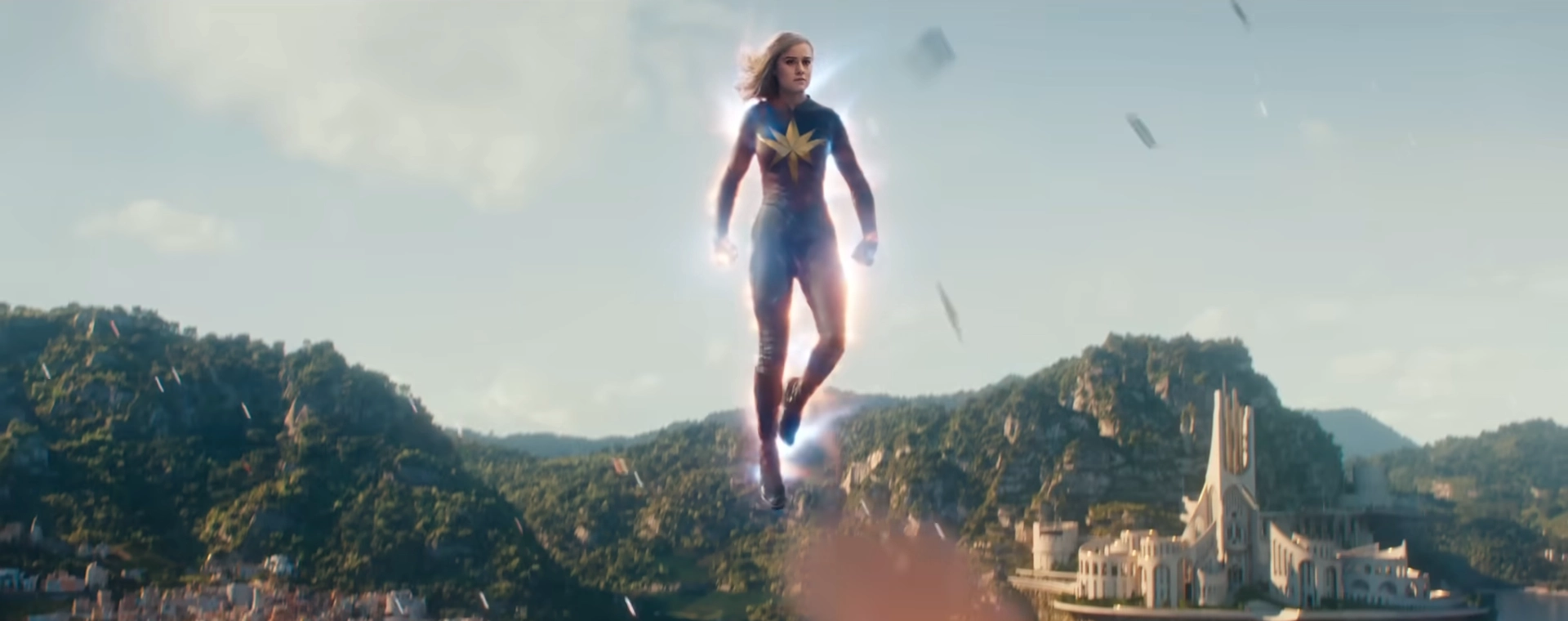
Marvel’s CGI problems are not about technology but about management, time, and priorities. Despite spending thousands of dollars on visual effects and relying on CGI for over 90 percent of its films, the quality has declined because of tight deadlines, rushed schedules, and unclear direction. Recent productions like The Fantastic Four: First Steps and Madame Web prove that more money does not always equal better visuals. The solution lies in better planning, consistent creative leadership, and respect for the artists who make these worlds believable.
When Iron Man arrived in 2008, the integration of computer-generated imagery and practical effects looked seamless. The armor glinted under real light, and viewers believed in the weight of Tony Stark’s creation. Over time, however, that craftsmanship faded.
Marvel Studios grew into a massive content machine. As the Marvel Cinematic Universe expanded, the goal became consistency across films and television rather than innovation. That shift changed how projects were planned and delivered.
“Marvel is famous for asking for lots of changes throughout the process. So you’re already overworked, but then Marvel’s asking for regular changes way in excess of what any other client does. And some of those changes are really major. Maybe a month or two before a movie comes out, Marvel will have us change the entire third act. It has really tight turnaround times. So yeah, it’s just not a great situation all around.” - VFX artist Chris Lee on Vulture.
The result is not a lack of talent or technology, but an overloaded system that leaves little room for creativity or refinement.
Marvel’s reliance on computer-generated imagery has made VFX the backbone of its storytelling. The Marvels cost more than $270 million (Forbes), yet some audiences and critics alike pointed out some of the CGI scenes looked cheap.

Visual effects for major productions can typically cost between $2,000 and $10,000 per minute (Pixune). Reshoots and creative changes can quickly multiply that number. Every change to a scene affects hundreds of individual assets: lighting passes, textures, simulations, and compositing layers. A single adjustment can erase weeks of work, as each reshoot could mean new simulations, new lighting, and more late nights. The public sees the final few seconds, but those seconds cost months of our lives.

Behind every CGI explosion and superhero transformation are teams of artists working exhausting hours. A senior artist that worked on Marvel films quoted
“Every time I see a shot that looks bad, like, say, the last third of Black Panther, all I see is a group of artists who were not given time to finish their shots.” (GQ Magazine)
The endless cycle of revisions and last minute changes leads to burnout, turnover, and a shrinking pool of experienced artists. The shortage of senior talent then forces studios to rely on newer artists with less time for mentorship or iteration.

The emotional weight of some of the scenes were undercut by some distractingly poor visual effects, most notably the CGI baby, which became a talking point. Multiple critics pointed out that everything looked great, except that baby that broke the immersion.
The series aimed to push boundaries with its fully CG lead, but its visual presentation drew mixed reactions. Showrunner Jessica Gao acknowledged (Gamespot.com) that many VFX artists felt rushed and overwhelmed by the scale of the work. She and other production members pointed out that the tight schedules and high demands often left artists without the time needed to refine their work. Audiences also have mixed reviews and aren’t too happy with the CGI either, as we can see in this video by Filmonger Entertainment:
Various critics such as one from Indie Wire have pointed out the lackluster CGI of Madame Web (2024), along with other elements, such as the writing, of the movie that contributed to it being an overall bad movie. Corridor Crew also took a look at Madame Web, reacting to its CGI:
People often assume that Marvel’s massive funding should guarantee stunning visuals. In reality, time, direction, and iteration are far more important. The studio’s production model emphasizes volume and release schedules tied to merchandise, not craftsmanship.
It’s been noted that multiple scenes are in development simultaneously, and creative teams often work with last minute changes. That chaos pushes revisions deep into post-production, as award winning VFX artist Joe Pavlo said
“Disney-Marvel is very famous for wanting multiple versions running parallel so that they can decide what they want. (...) If you imagine you get the art department to design a set, you wouldn’t get them to tear down the set and rebuild a completely different set 35 times. Because it’s digital, people don’t see it as the same thing but it is: it involves work and creativity and long hours. It doesn’t create itself.”
Compared to other movies such as James Cameron’s Avatar: The Way of Water (2022), we can see how its visuals turned out beautifully, even though they were developed through years of pre-production and testing (NoFilmSchool). The focus was not on producing fast content but on crafting believable worlds and visuals, something that Marvel can definitely learn from instead of burning out their visual-effects department.
The world of VFX is at a turning point, reshaped by technology, labor movements, and evolving audience expectations:
The global visual effects market is projected to exceed $20.29 billion dollars by 2034 (Precedence Research). As the industry grows, so do demands for better labor standards. VFX artists are beginning to unionize, seeking fair pay, realistic schedules, and a voice in the production process.
If studios want lasting success, they must treat artists as creative partners and people, not technical afterthoughts or robots to underpay and overwork. SNL’s VFX artist Danny Behar said it simply:
"[...] If we’re going to continue working on the show, it is necessary for us to receive the basic entitlements offered to other units like pay equity and stable healthcare."
Marvel executives have acknowledged the criticism and pledged to restructure production workflows. However, the newly launched Fantastic Four reboot is already under scrutiny with mixed reviews. How it manages to balance artistic freedom with clear planning in future projects will be a key measure of whether the studio is truly evolving its visual direction.
Marvel’s CGI issues stem from misplaced priorities, not lacking technology. Early MCU success came from a balance of storytelling and artistry. Now, rushed production has turned creativity into a checklist. To restore its visual legacy, Marvel must prioritize time, planning, and collaboration. The tools and talent are there; what’s missing is patience. If the studio slows down and focuses on quality, it can once again set the standard. Great effects aren’t just about realism, but emotional impact.